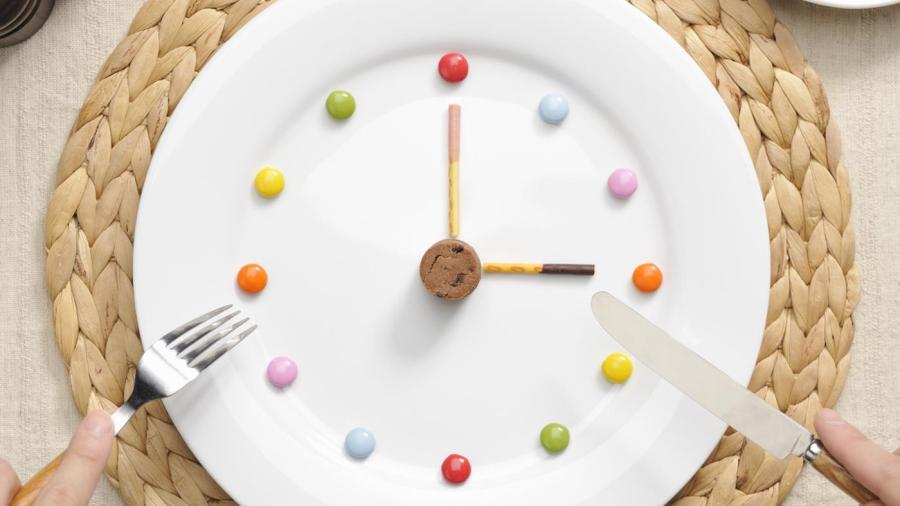What Are Complementary Angles in Real Life?

When it is three o’clock, the two hands of the clock are on digits 12 and 3. The seconds hand moves between these two digits and forms a pair of complementary angles in real life. The sum of the two angles formed by the seconds hand is always 90 degrees.
When a circular cake is cut up into four equal pieces, each piece has a right angle at the center. If a piece is divided into two, the angles of both pieces form a pair of complementary angles.
The flap of an envelope always forms a right angle when held vertically from its horizontal base. If the flap is moved up or down, it forms two angles that are always complementary.
If the sum of two angles is exactly 90 digress, it is said to be a complementary pair of angles.





